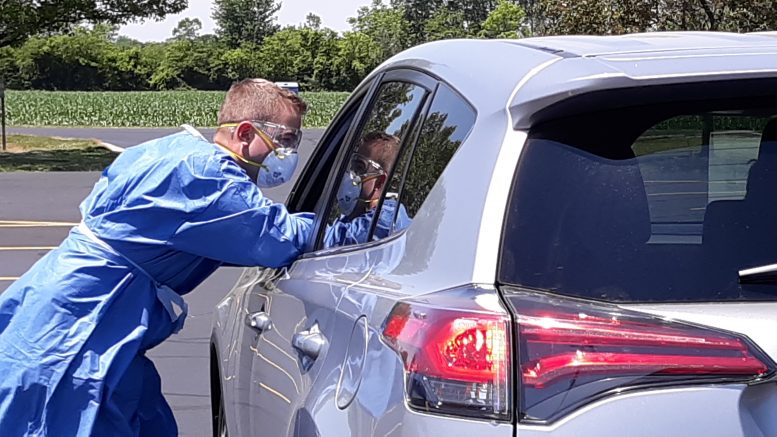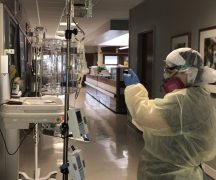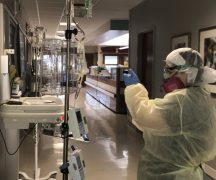July is off to a poor start in Ohio, as measured by the more than 6,100 Ohioans diagnosed with COVID-19 since the month began.
State data released Monday shows 805 new coronavirus cases in Ohio with varying illness onset dates, which marks the end of a 20-day streak in which the average new reported caseload has increased.
All told, nearly 58,000 Ohioans have contracted COVID-19, at least 2,927 of whom have died. At least 8,249 Ohioans have been hospitalized.

Ohio’s increased caseload reflects a trend of contagion growth occurring in 39 U.S. states, according to a New York Times tracker.
However, Ohio’s epidemic curve depicts slower growth than case explosions seen in Arizona, Texas, Louisiana, Mississippi, Georgia, Tennessee, Nevada, California, South Carolina and Florida.
The new caseload in Ohio is trending more heavily toward young people. In May, people under 40 comprised about 41% of the new caseload, per an analysis of state data. In June, that figure hit 54%, though more June cases are likely to be reported through the month.
On Thursday, Gov. Mike DeWine announced a new county-by-county measurement system based on seven metrics like hospitalizations and cases per capita. Under the new criteria, seven counties in Ohio are at alert level three, the second-highest category.
They include Cuyahoga, Hamilton, Montgomery, Butler, Trumbull and Huron counties. He said he plans to update the risk level estimations weekly.
DeWine indicated Franklin County is on special watch and could escalate to top tier risk precautions, though he didn’t specify what that would entail in terms of social distancing regulations.
***
Also from Ohio Capital Journal:
Clark Co. child hospitalized with MIS-C, a rare coronavirus complication in kids
An Ohio child less than five years old was hospitalized with a rare, but serious complication associated with COVID-19, officials said Monday.
The child has been diagnosed with Multisystem Inflammatory Syndrome in Children (MIS-C), a dangerous condition that can cause serious or lethal inflammation in the heart, lungs, kidneys, brain, skin, eyes or gastrointestinal organs.
The patient is recovering in Dayton Children’s Hospital.
“This is just another example of how dangerous this virus can be,” said Clark County Health Commissioner Charles Patterson in a news release. READ MORE





